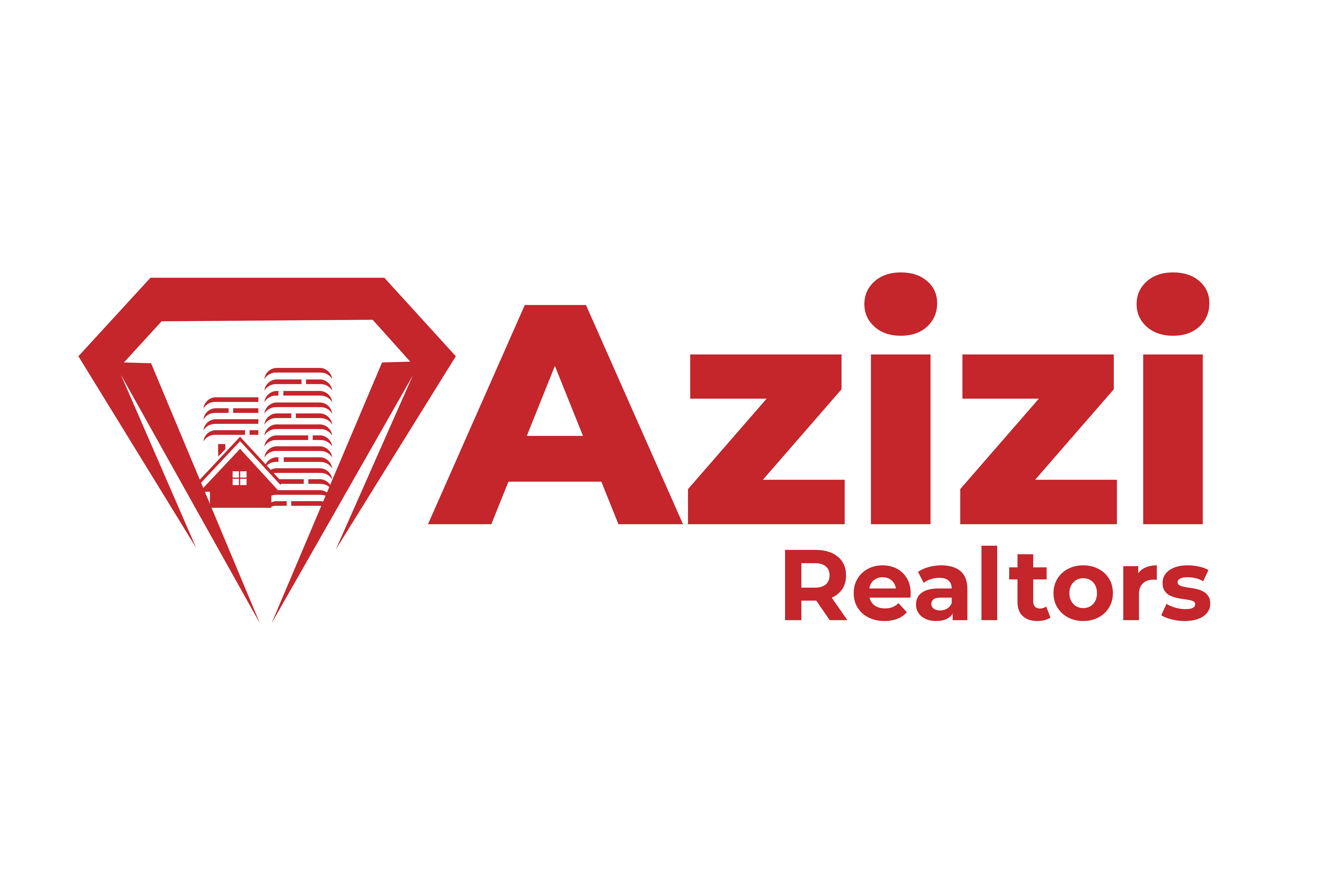Understanding the Income Approach in Real Estate
The Income Approach is a vital method for evaluating investment properties, focusing on the income they can generate. Here are the key components to consider:
- Net Operating Income (NOI)
NOI measures a property’s profitability by calculating the income generated after deducting operating expenses such as maintenance and property taxes. This figure helps investors determine a property’s true financial performance. - Capitalization Rate (Cap Rate)
The Cap Rate evaluates expected returns on investment properties. It is calculated by dividing NOI by the property’s market value, enabling investors to compare potential investments against similar options in the market. - Market Analysis
A thorough market analysis is essential for understanding buyer interest and determining a property’s value based on income potential. Researching comparable properties allows investors to identify trends and establish realistic pricing that reflects current market conditions. - Future Income Potential
Investors should consider factors like projected rental increases and occupancy rates when assessing future income potential. These elements significantly impact a property’s valuation, as higher future income can enhance overall investment returns. - Risk Assessment
Evaluating risks is crucial for investment decisions. Market fluctuations, tenant turnover, and economic changes can all affect income stability. Conducting a comprehensive risk assessment allows investors to make informed choices and develop strategies to mitigate challenges.
By understanding these components of the Income Approach, investors can evaluate properties effectively and make informed decisions that align with their financial goals.
What strategies do you use to evaluate potential investments? Let us know in the comments!







